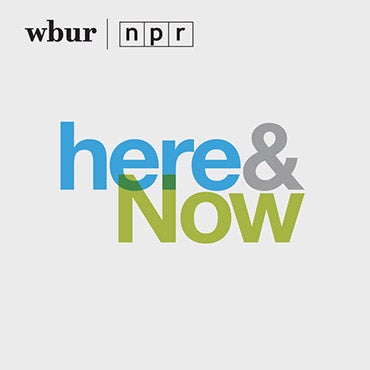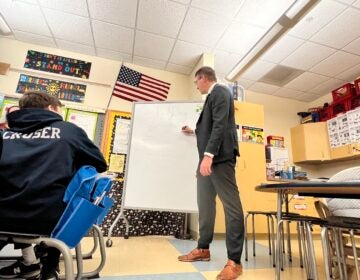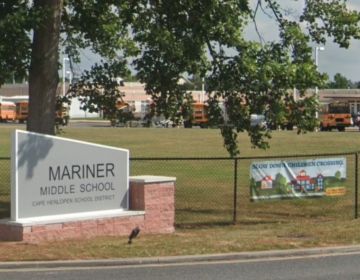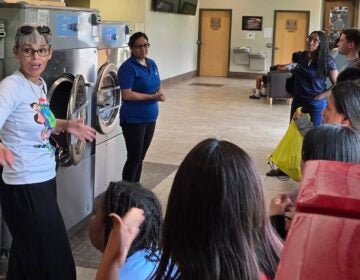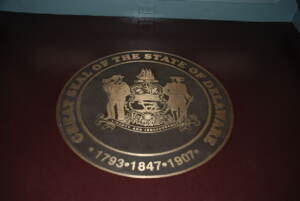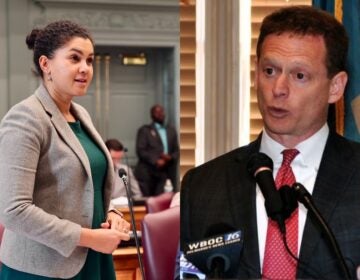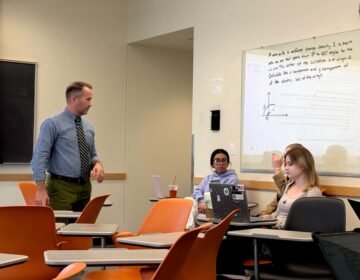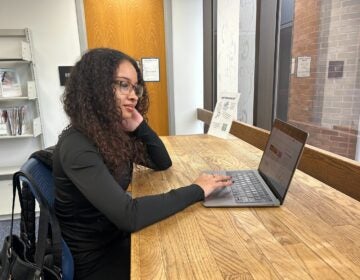Delaware’s fastest-growing student group is being left behind as multilingual learners face deep gap in funding, resources
A new report shows multilingual learners make up nearly 19,000 of Delaware's students, but teacher shortages and outdated systems leave key gaps.
Listen 1:23
FILE - Children sit in a classroom. (Zurijeta/Bigstock)
What are journalists missing from the state of Delaware? What would you most like WHYY News to cover? Let us know.
The student landscape for Delaware is changing — growing more diverse with every passing school year. Across the state, classrooms are filled with students who speak a language other than English at home, each bringing their own stories, traditions and strengths.
This year, multilingual learners, or MLLs, make up 13% of Delaware’s student population. That’s nearly 19,000 students who represent more than 100 different languages and cultures.
“This growth represents something beautiful and that our schools continue to grow and it is not just one population of students,” said Maria Rodriguez, an education associate with the Delaware Department of Education. “Being bilingual or multilingual has brain benefits. It is something that is well documented in science and so we need to honor the languages and the cultures that our students bring into our schools and continue to capitalize on that as an asset.”
That number, she said, will only continue to rise.
“We don’t see a downward trend,” she said. “That means in every classroom up and down the state, our educators are working tirelessly to support our multilingual learners, our multilingual students, and that our schools are benefiting from that.”
A third look at the data
To better understand that growth — and where Delaware still falls short — the education advocacy nonprofit Rodel released its third edition of the Multilingual Learner Fact Sheet this year. The updated report tracks who these students are, where they live and what supports to which they have access.
“At a high level, we see this group of students as a huge asset. But despite the fact that this is a really important population of students, the student support is just really not there,” said Paul Herdman, president and CEO of Rodel. “We wanted to document that, try and raise awareness around the need for resources, and begin to look at what the teaching resources need to be.”
Herdman said that while the number of MLL students has surged across Delaware — particularly in Kent and Sussex counties — the level of investment and attention has not kept pace.
Julia Zammith, Rodel’s associate director of policy and advocacy, echoed that concern. She noted that the latest data shows rapid growth since the organization’s last report.
“This population is continuing to grow. Last time we did this it was about 10% of this total student population. Now it’s 13%. We got 14,000 students last time, and were at roughly 19,000 this time,” Zammith said. “One thing that stands out to me, there are over 100 native languages that are being spoken in Delaware by multilingual learners. We’re not just talking about Spanish, Haitian Creole, the ones you hear the most about.”
A funding formula frozen in time
Among the report’s key findings is a growing concern that Delaware lags behind neighboring states in funding multilingual learners.
“Delaware currently only has opportunity funding, which is just a flat rate per student for multilingual learners and for students from low-income backgrounds which is only about $1,100 per student,” Zammith said. “Whereas just right next door in New Jersey or in Maryland they’re spending closer to $6,000 to $9,000 additional per multilingual learner student to provide them the extra resources that they need.”
Herdman said that part of the problem lies in a funding formula that hasn’t evolved in more than 80 years.
“We have a system that funds our schools that was established in 1940 — before any of the civil rights laws, before Brown v. Board of Education,” he said. “Our system is now at this precipice of fundamentally changing … we’re fundamentally looking at modernizing that system.”
“The idea is to try and make it a bit more fair, flexible and easy to understand and ideally really be reflective of student needs,” he added.
He said the state’s Public Education Funding Commission is examining potential reforms, with hopes of creating a system that reflects today’s student population.
Too few teachers, too many needs
The funding shortfall isn’t the only challenge. Rodel and the Department of Education also point to a growing shortage of teachers certified to work with multilingual learners.
“When you grow at a rapid rate, there are always places where we need to continue to just respond and reflect and we’ve been planning for this,” Rodriguez said. “We have done a lot of work to make sure that we are supporting our districts and charters up and down the state and educators providing professional learning for all educators to be equipped to support our multilingual students.”
Rodriguez said the department has expanded professional development, offered financial support and created new opportunities for training, including literacy-focused initiatives.
“As we’re working through the science of reading … we are working to make sure that those things are designed from the forefront to support our multilingual learners,” she said. “They’re in every classroom up and down the state, we need to make sure that the work that’s happening, integrates these supports for our multilingual learners into their design and then how we’re supporting educators.”
Still, the number of certified teachers remains far lower than the growing student demand.
“We’re working to increase the number of educators who hold that certification, and we continue to look for new ways to do so … we recognize that we’d like to have more folks holding that certification in hand to keep pace with our growth,” she said, referencing to the four-year national professional program from the U.S. Department of Education.
According to the fact sheet, only 34 schools out of 227 in Delaware have bilingual or English as a Second Language-certified teachers — meaning just 40% of MLL students have potential access to one within their school.
The stakes are high
For advocates and educators alike, the conversation about multilingual learners extends beyond language, it’s about the state’s future.
“Strong public education is the foundation for a strong economy and strong communities,” he said. “If we’re not putting the resources in the fastest growing population of students, that’s a problem because we’re eroding our communities and our economy and overall health of our state.”
All three leaders agreed that true progress will take collaboration from lawmakers and educators to parents and local advocates.
“They are the foundation of our communities and deserve the resources they need to contribute and thrive,” Herdman said.
This story was supported by a statehouse coverage grant from the Corporation for Public Broadcasting.

Get daily updates from WHYY News!
WHYY is your source for fact-based, in-depth journalism and information. As a nonprofit organization, we rely on financial support from readers like you. Please give today.
